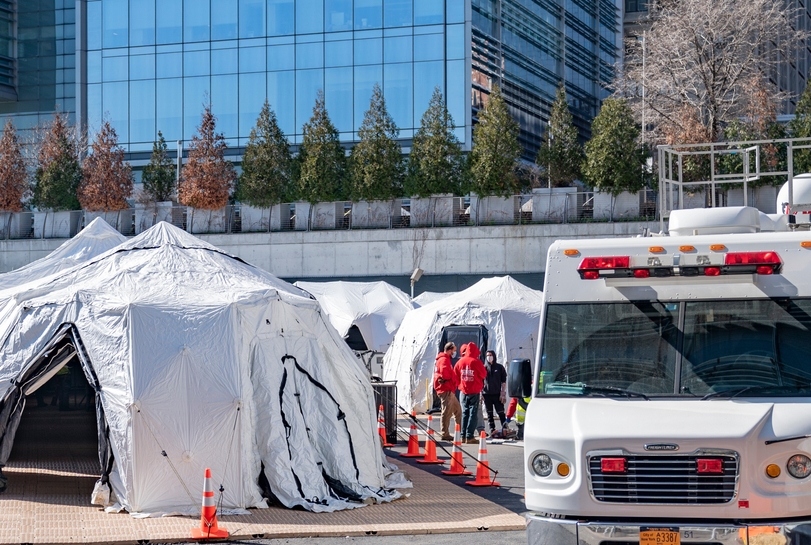Researchers from Weill Cornell Medicine, Cornell University and San Jose State University have identified six free planning models for estimating hospital capacity requirements when COVID-19 cases surge, after reviewing hundreds of published academic articles. Their paper, published online Sept. 10 in the journal Disaster Medicine and Public Health Preparedness, provides a summary overview and comparison of features for each model. Healthcare professionals can use the information to choose a tool that best fits their needs for planning responses to surges in COVID-19 patients based on inputs of interest, such as hospital beds, length of stay and ventilators.
Academic researchers created five of the models, including the Cornell COVID Caseload Calculator with Capacity and Ventilators (C5V), and the U.S. Centers for Disease Control and Prevention created the sixth. The authors found notable differences between models: some permit a longer planning horizon, some allow grouping patients by age, and some incorporate different patient pathways such as initial admissions to medical wards followed by transfers to intensive care.
The authors noted that the C5V is the only tool the only tool available in three formats with an online, spreadsheet and desktop version and allows users to model a second wave of COVID-19 cases. It supports a longer planning horizon of up to 180 days in the spreadsheet version and up to 360 days in the online version, whereas most other models limit the timeframe to 30 days. “A longer planning horizon is particularly helpful for modeling an outbreak with multiple waves,” the authors write.
Authors: Dr. Nathaniel Hupert, Dr. John Muckstadt

